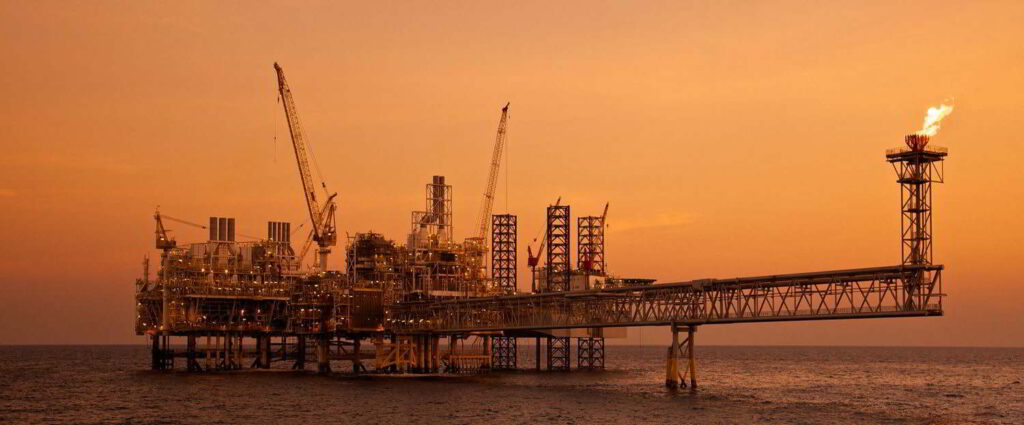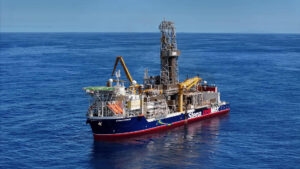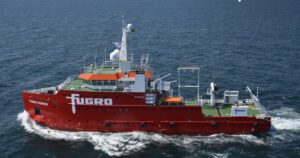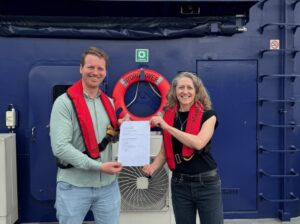Santos signs up to join global initiatives for flaring and methane crackdown
Australian energy giant Santos has become the latest oil and gas player to play a part in two climate change initiatives, related to flaring and methane reduction. The company claims that this represents an affirmation of its commitment to a net-zero future.
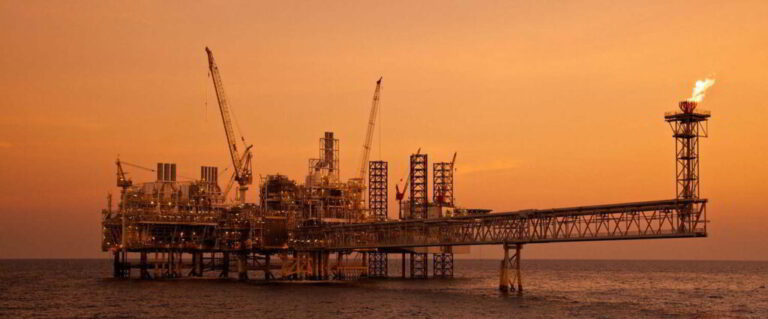
By joining the Aiming for Zero Methane Emissions Initiative, Santos became the second Australian company to take part in the scheme, which aims to eliminate the oil and gas industry’s methane footprint by 2030 and is sponsored by the CEO-led global Oil and Gas Climate Initiative (OGCI), focused on accelerating action to a net-zero future consistent with the Paris Agreement.
In addition, the Australian giant formally endorsed the World Bank’s Zero Routine Flaring by 2030 Initiative, committing to work towards eliminating routine flaring from oil operations by 2030. The World Bank, which tracks global gas flaring, disclosed in its 2023 report a worldwide reduction in gas flaring in 2022, down 5 billion cubic meters to the lowest level since 2010.
Furthermore, Santos plans to develop and implement plans to achieve its commitment under this initiative and will report its flaring and improvement progress annually to the World Bank from 2025. Currently, the company is already working towards net-zero Scope 1 and 2 emissions by 2040.
Kevin Gallagher, Santos’ CEO and Managing Director, highlighted: “The aims of the initiatives closely align with our three-hub carbon capture and storage, and low-carbon fuels strategy, which is designed to enable Santos to abate the critical fuels we are producing today and supply lower-carbon alternatives as customer demand evolves. Our flagship Moomba carbon capture and storage project in the Cooper Basin remains on track for first injection mid-2024.
“Moomba CCS will be one of the lowest-cost CCS projects in the world and will have capacity to store up to 1.7 million tonnes of carbon dioxide per year. This is equivalent to around 28 per cent of the total annual emissions reduction from Australia’s electricity sector, making Moomba CCS very significant in Australia’s journey to net-zero emissions.”
Recently, Santos secured finance for its share of the $220 million Moomba CCS project in South Australia. With a five-year tenor totaling $150 million, these facilities will be used to cover project costs incurred to date and to draw down upon as the project progresses to the first injection targeted for mid-2024.
Gallagher noted: “Abating the emissions associated with natural gas is critical to reduce greenhouse gas emissions and tackle climate change, and our Moomba CCS project will help achieve this. It is encouraging that financiers are recognizing the important role of CCS in abating emissions as we transition to net zero.”
Related Article
The first phase of the Moomba CCS project is now 80% complete and is targeting about $24 per ton lifecycle breakeven storage costs. The project will have the capacity to store up to 1.7 million tons of CO2 per year, which is equivalent to delivering annually about 28% of the total emissions reduction achieved in Australia’s electricity sector last year.
According to Santos, the Cooper Basin will play a significant role in the energy evolution as it transforms into a decarbonization hub, with the potential to produce low-carbon fuels and offer CCS services, which could slash emissions from fuels such as LNG and hard-to-abate sectors, including steel, aluminium, and cement.
As Santos is actively seeking to lower its carbon footprint with CCS, the Australian giant and its joint venture partners inked a memorandum of understanding (MoU) in August 2023 with Timor-Leste’s TIMOR GAP to explore partnership opportunities for a proposed CCS project at a gas and condensate field in the Timor Sea.
Additionally, Santos and SK E&S are pooling resources on cross-border CCS solutions, aiming to position Australia at the top of the list of countries working to assist Asia in lowering its carbon footprint.

